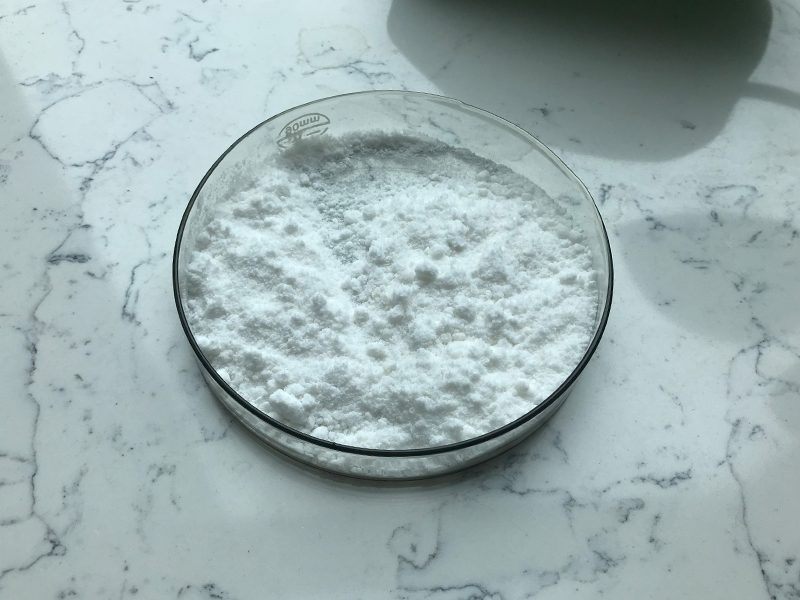Mandelic acid, an aromatic alpha hydroxy acid (AHA), can be synthesized through a few different methods. One of the most common methods is the benzaldehyde cyanohydrin method. Here’s an overview of this synthesis:
Materials
- Benzaldehyde (C₆H₅CHO)
- Sodium bisulfite (NaHSO₃)
- Sodium cyanide (NaCN) or hydrogen cyanide (HCN)
- Sulfuric acid (H₂SO₄)
- Water (H₂O) for hydrolysis

Reaction Steps
- Formation of Benzaldehyde Cyanohydrin: Benzaldehyde (C₆H₅CHO) reacts with sodium bisulfite to form an intermediate that makes the aldehyde more reactive. This intermediate is then treated with sodium cyanide (NaCN) or hydrogen cyanide (HCN) to form benzaldehyde cyanohydrin.
- Reaction:
C6H5CHO+HCN→C6H5CH(OH)CN
- Hydrolysis of Cyanohydrin: The cyanohydrin is then hydrolyzed in the presence of sulfuric acid (H₂SO₄) to convert the nitrile group (-CN) into a carboxylic acid (-COOH), resulting in the formation of mandelic acid.
- Reaction:
C6H5CH(OH)CN+2H2O+H2SO4→C6H5CH(OH)COOH+NH4HSO4

Summary of the Reaction:
- Starting material: Benzaldehyde
- Key intermediate: Benzaldehyde cyanohydrin
- Final product: Mandelic acid (C₆H₅CH(OH)COOH)
This process is widely used in both laboratory synthesis and industrial production of mandelic acid. Other methods like oxidation of mandelonitrile or microbial methods are also known but less common.
